The other week I had the pleasure of guiding a group of Landscape Management students from the Brigham Young University in Utah around the historic grounds of Scone Palace.
They were here as part of a study tour of France and the UK, looking at some of our key gardens with significant landscapes as they build their knowledge at the beginning of their careers.
It’s not all cutting and weeding
Firstly, WOW, what an opportunity for these young folk, getting to spend six weeks being shown around the top gardens from the south of France to central Scotland.
And they get to experience different cultures in the process.
Careers advisors please take note. There are not many vocations that will give you chances like this in life! It’s not all grass cutting and weeding.
I left them properly inspired, after over two hours of answering numerous questions.
I watched their eyes light up after showing them giant conifers they don’t get to see in the landscape around their own homes.
Their ears pricked up when they heard the stories and adventures of plant hunters like David Douglas who brought some of these trees to our shores.
Gardens in safe hands
It gives me a lift knowing the gardens and the designed landscapes around the world are in safe, enthusiastic hands.
The young students said they had noticed how gardening means so much more to us over on this side of the pond, how it was part of our heritage and our are way of life.
I guess it is, I just assumed that this was the case around the whole world!
Perhaps I’ve been taking it for granted so it was nice to join in a celebration of one of the greatest gardens we have.
A plants person’s paradise
Today it is cared for by the National Trust for Scotland.
Branklyn Garden in Perth is a plants persons paradise, featuring fine collections of rare and unusual plants from around the world.
The garden is at its stunning best in spring though it doesn’t really matter what time of year you go as there’s always something to see.
It’s so rich in plants I don’t think I’ve ever left after a visit and not said the words, “I want one of those!”
Situated on the side of Kinnoull Hill overlooking the fair city of Perth, this year the garden is celebrating its centenary year.
It began in 1922 when John and Dorothy Renton bought the land of an overgrown orchard and converted it into one of the finest alpine gardens in the country.
The alpine garden
Also known as rock gardens, they were extremely popular at this time, fuelled by the publication of two volumes of books on the subject from Reginald Farrer, known as the ‘Prince of Alpines’.
I’ve spent the best part of 10 years of my career working in these kind of gardens, at both the Royal Botanical Gardens in Edinburgh and also the St Andrews Botanics.
They still remain my favourite kind of gardening today, where rocks are positioned to create mountain style landscapes.
This creates pockets for plants to grow in with areas of gravel known as screes, replicating the conditions they could be found growing in the wild.
What made the garden they created at Branklyn so special was the collection of rare and exotic plants they had gathered.
It was grown on from seed collected by the renowned plant hunters of the day George Forrest, Jospeh Rock, Frank Ludlow and George Sherriff from their expeditions to Tibet, China, Bhutan and the Himalayas.
Gifted to the National Trust
The Rentons died within a year of each other and in 1968, despite the garden being in decline, it was still of such immense horticultural value it was gifted to the National Trust for Scotland to care for and preserve its future.
Following the same ethos as the Rentons, over the years the garden has been restored to its fine past.
Still great 100 years later
Once again, 100 years later, it still holds the reputation as being top class, attracting visitors from all around the world.
Not bad for our wee country.
Under the stewardship of the NTS the garden has attracted some of our country’s top gardeners through the potting shed door at Branklyn.
They have left their mark in the garden, and have also gone on to play significant roles in Scottish horticulture during their careers.
Branklyn’s esteemed gardeners
Robert Mitchell created the Botanic Garden at St Andrews and was joint leader of the first European expedition to Yunnan as China re-opened its borders in the early 1980’s.
David Knott, a local lad to Perth, started his career at Branklyn and is now curator of the Living Collections at RBGE, an institution respected worldwide.
The work of Steve McNamara in rebuilding and restoring the rock garden helps Branklyn keep its reputation of one of the finest in UK .
Today the work of Jim Jermyn and his team has taken this garden to another level with Snowdrops, Meconopsis, Rhododendron, Primula, Cassiope, Peony, Cardiocrinum, Japanese Maple.
Trust me, the plant collection in this garden is so good this list could just go on and on.


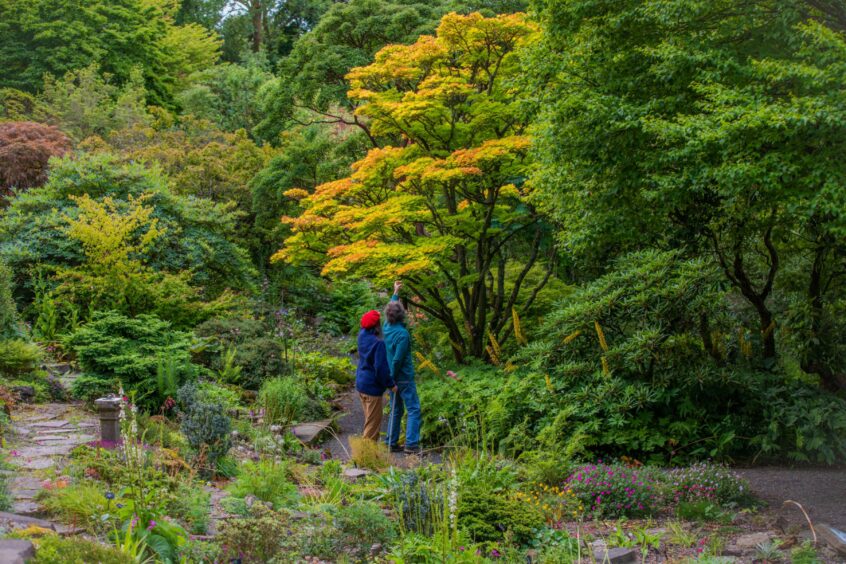
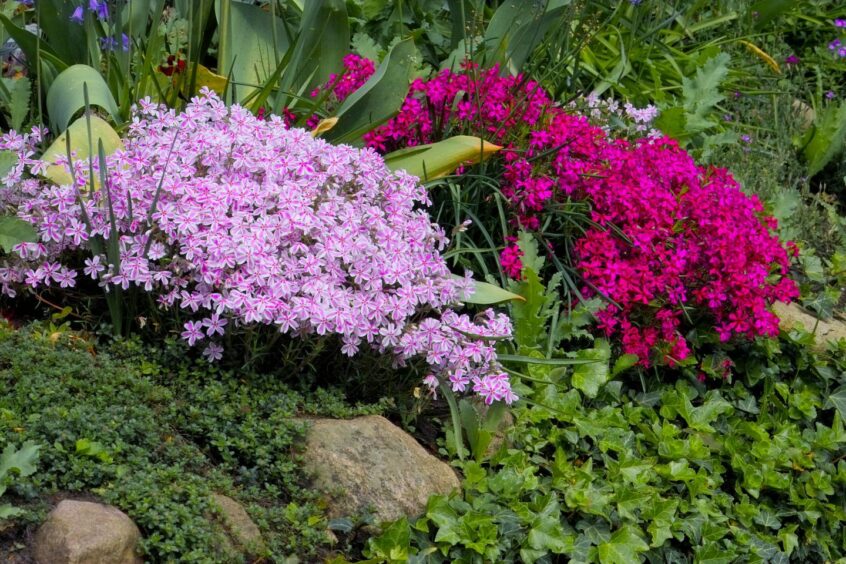

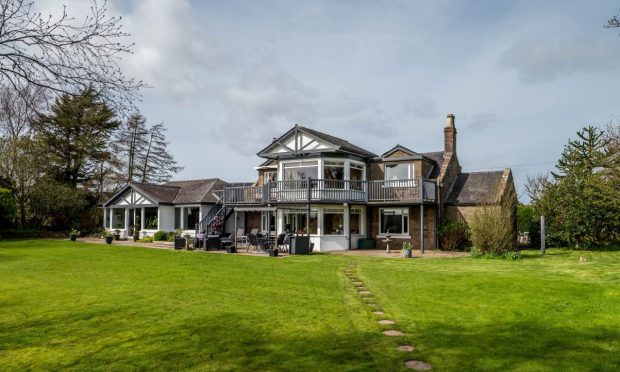
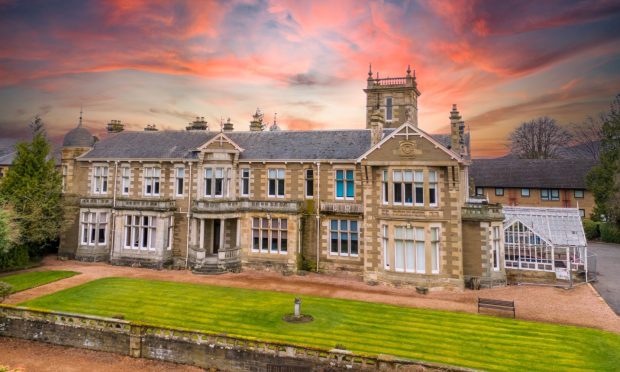
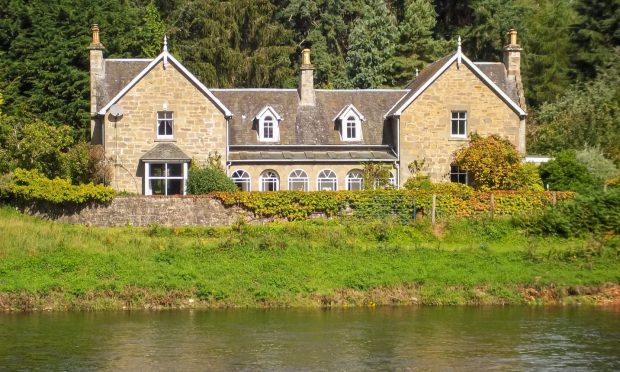





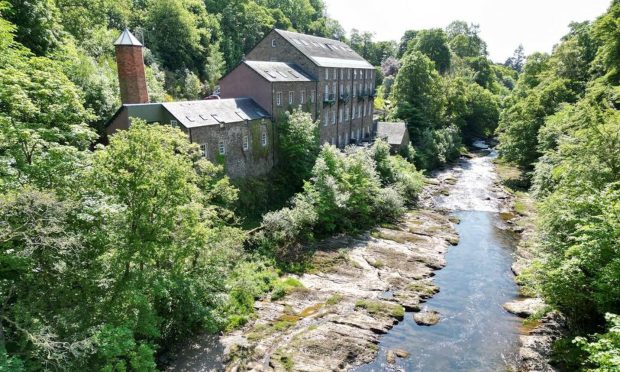
Conversation